Wild story behind the surge of wild turkeys in Montreal: ‘We just have to coexist’
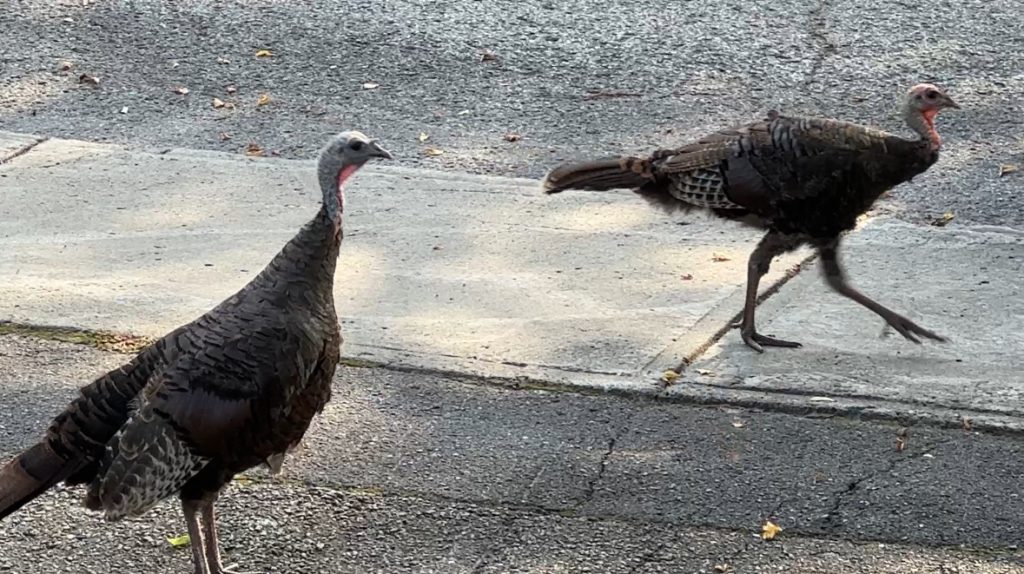
Posted August 29, 2024 1:03 pm.
Last Updated August 29, 2024 6:59 pm.
It’s wild!
Sightings of the feathered animal have been on the rise in Montreal this year — so just what are wild turkeys doing in our streets?
“We were so surprised,” said Louise Isabelle Rivard, who spotted some in Saint Leonard. “We just walked out of the house and followed them.”

“Were wondering where are they from?” said Rivard. “Where are they going?”
“What are they doing here?” added Farris Sabbagh, also from the East End.
Well — it all began during the 1900’s in — Ontario!
Unregulated hunting and the clearing of forests for agriculture caused the regional extinction of wild turkeys from our neighbours to the west in 1909.
Efforts to restore the animal, began in 1984.
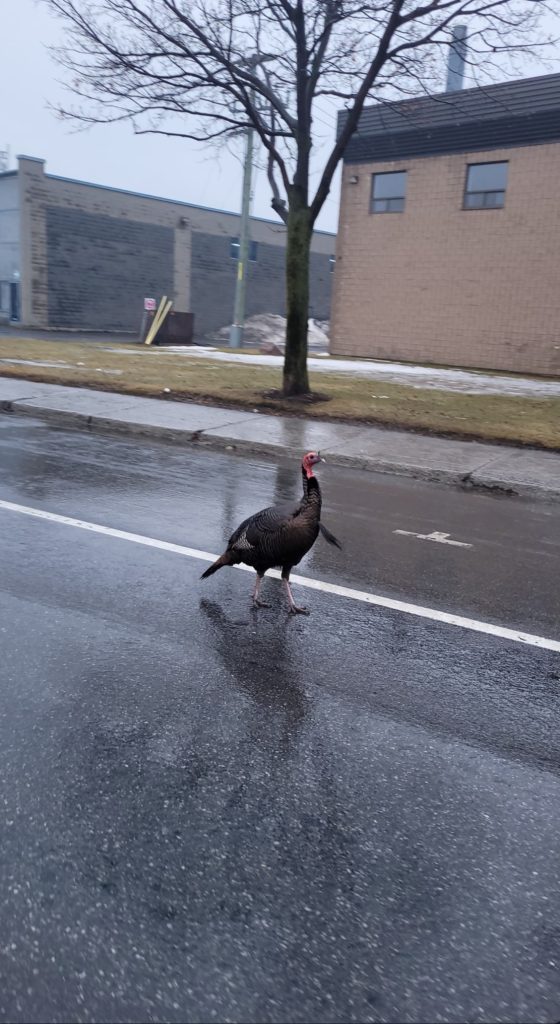
“As any animal, they’re important for ecosystem functioning,” said Nathalie Jreidini, from the Ecomuseum Zoo. “Every animal has its role so that’s why they released more wild turkeys with certain rules and regulations put in place for more monitored hunting practices.”
From there – Jreidini, Director of Education from the Ecomuseum Zoo in Sainte-Anne-de-Bellevue said milder winters then made the turkeys come north – finding resources and shelter in Quebec’s natural habitats.
And multiple factors got them into the city — she said — like less vehicles on roads during the pandemic, and easy access to food — from compost bins, bird feeders, and gardens.
“For the cities it could be a bunch of different things,” Jreidini explained.
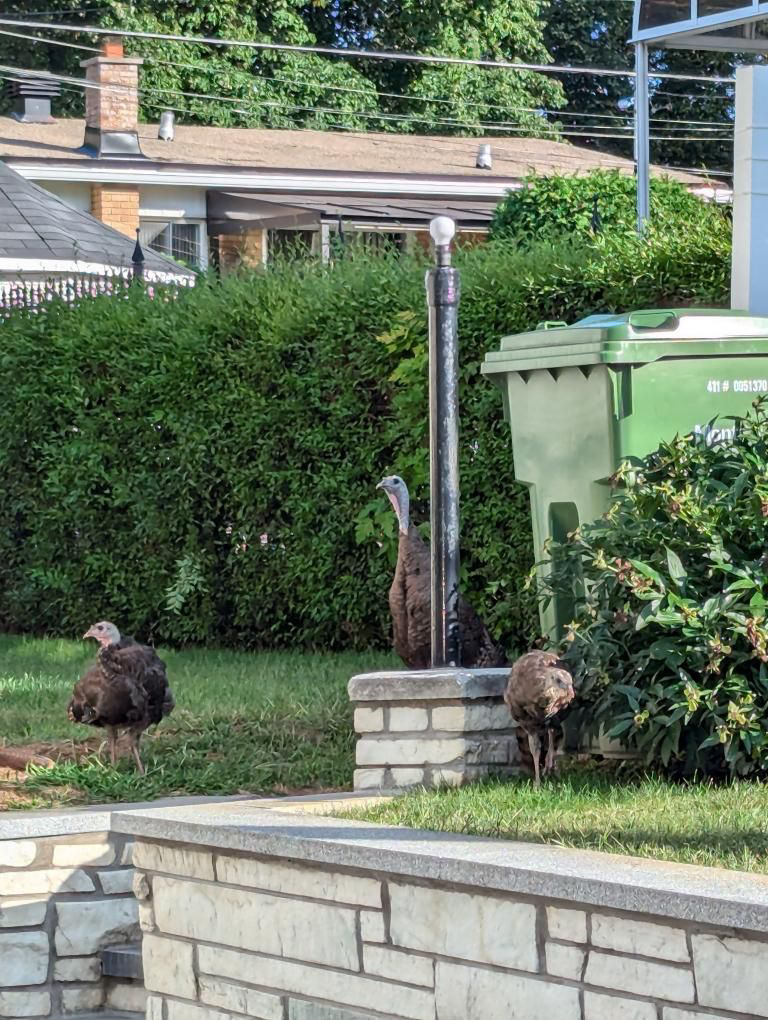
But why are we seeing a surge specifically this year?
“Remember how mild the winter that we had was?” said Jreidini. “Really mild and harsh winters, yes it is sad to think of animals dying because of harsh winter but it is a normal part of the ecosystem.”
“And part of the circle of life.”
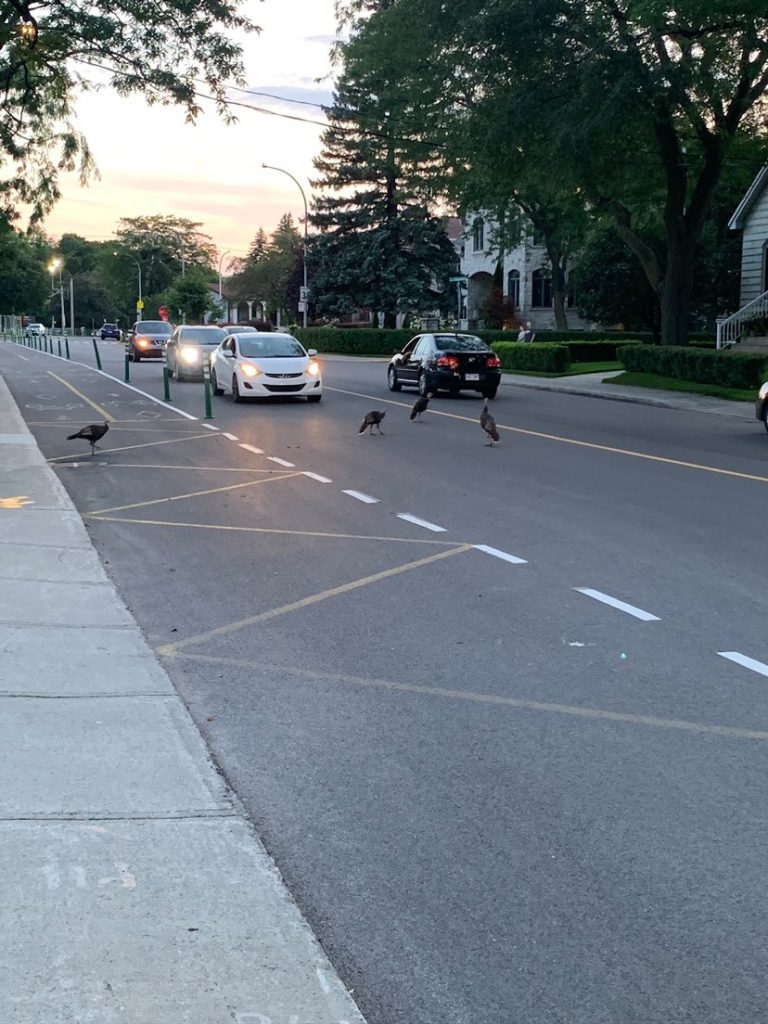
For Mario Sasso — a Saint Leonard resident for over 30 years — he said it was a joy seeing them for the first time this summer.
“We should all learn from them,” said Sasso. “A nice family, like six children, a mother, they were little now they grew up.”
“I hope they come back.”
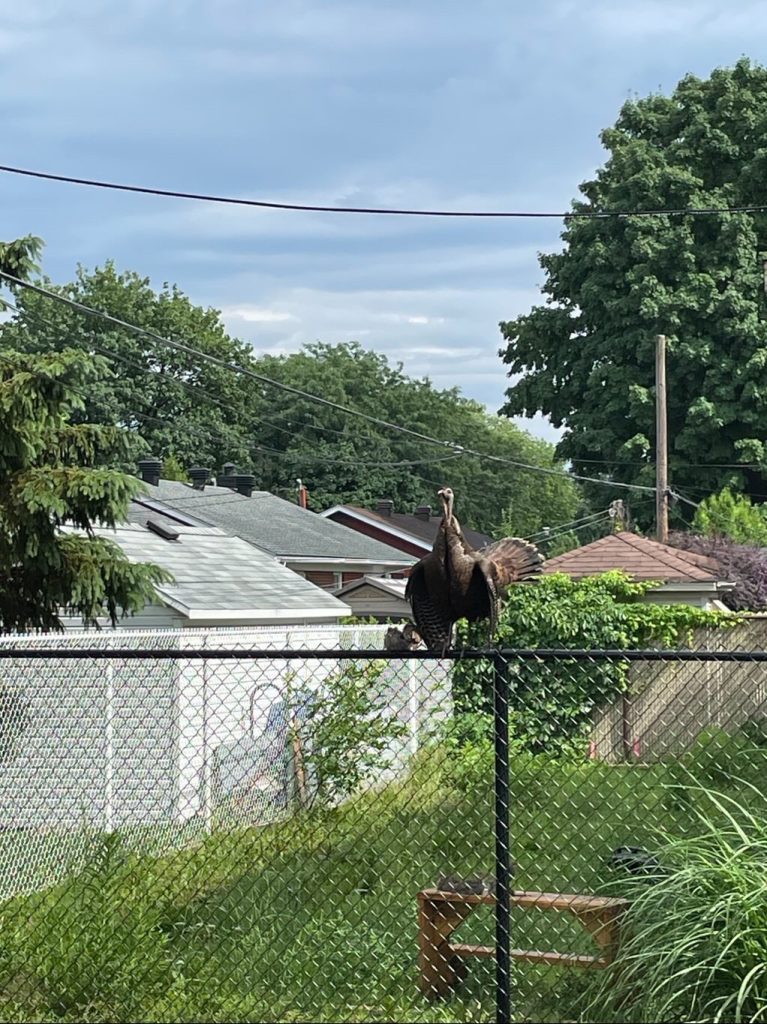
Also interesting to note, according to the Canadian Press, Quebec’s Natural Resources Department released 600 wild turkeys into the province between 2003 and 2013.
So are they dangerous?
Jreidini said no but if they feel attacked –- especially males during breeding season in the spring — well, they might attack back.
The City of Montreal told CityNews that certain measures can be taken to limit the habituation phenomenon –- like not feeding them, temporarily removing bird feeders and placing nets on vegetable gardens.
“In recent years, its presence has been increasingly frequent in highly urbanized neighborhoods,” they said.
“Within a group of wild turkeys, some individuals may display aggressive behavior toward each other in order to maintain or improve their social status,” added the city. “It is this particularity of turkey behavior that promotes the emergence of conflicts in urban environments where birds have gradually lost their natural fear of humans.”
“This is called the habituation phenomenon.”
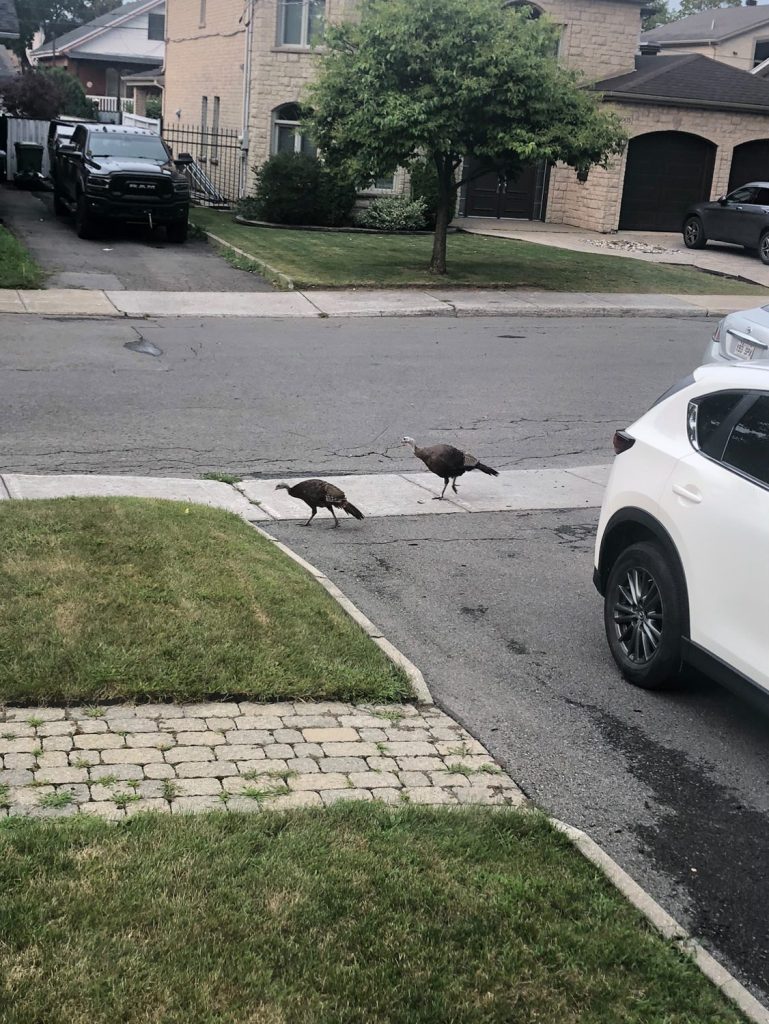
“The best known is certainly the one nicknamed Matteo by RDP citizens,” the borough of Rivière-des-Prairies-Pointe-aux-Trembles told CityNews. “Which was for a long time in the commercial and institutional sector at the corner of Rodolphe-Forget and Perras.”
“Cohabitation with these animals does not seem to be a problem at present, since, to our knowledge, no complaints on this subject have been recorded in our Accès Montréal offices in Rivière-des-Prairies or Pointe-aux-Trembles in recent months,” they added.
When CityNews requested residents submit images through social media, of turkeys in the city, we noticed the top three boroughs who spotted them:
- Saint Leonard
- RDP
- Saint Laurent

If a turkey is displaying repeated aggressive behavior, the City of Montreal said one can report a worrying situation to S.O.S. poaching at 1-800-463-2191.
For more information on how to coexist with the animal in Montreal, you can also check out information here, on the city’s website.
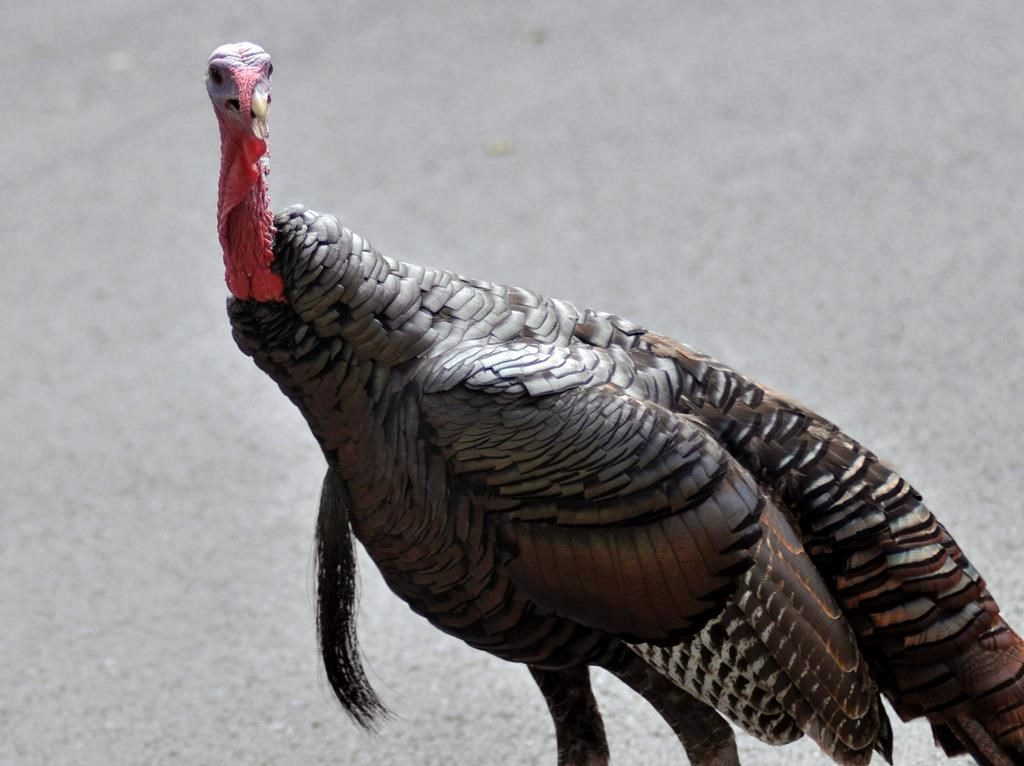
If you haven’t seen them yet — you might be in cluck.
They could be roaming in a borough near you or up in a tree – because yes, they do — sorta — fly.
And yes — these are different turkeys than one might enjoy on thanksgiving.
“We live in nature so they’re part of our life,” said Rivard.
“We just have to coexist,” added Jreidini. “With the wildlife that surrounds us.”








